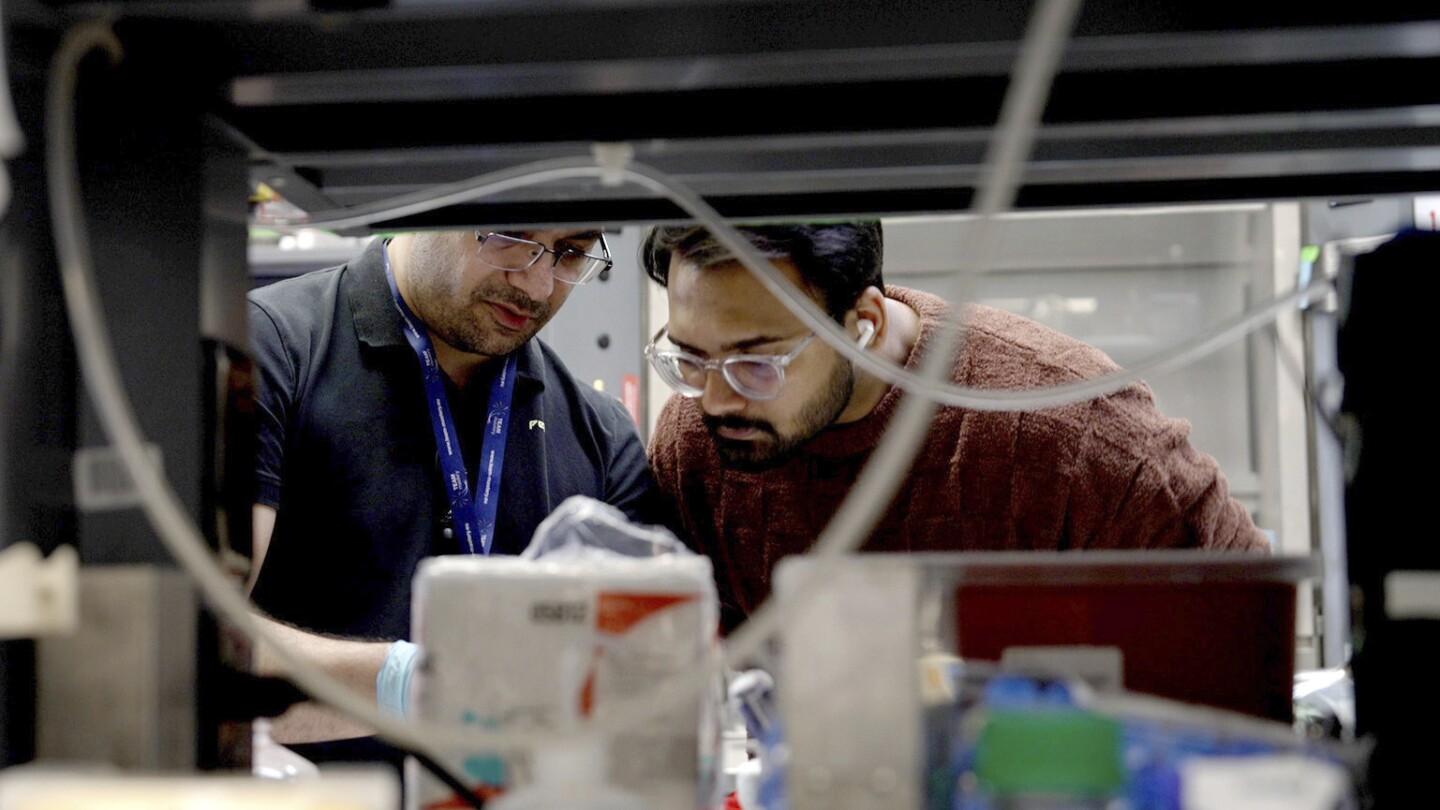The ripple effects of potential research funding cuts are poised to reach every corner of America, impacting not only scientists and research labs but also the health and well-being of patients nationwide. This article delves into the possible consequences of these cuts, exploring the potential loss of jobs, delays in medical breakthroughs, and the overall impact on the U.S. biomedical research engine.
From rural cancer patients in Utah potentially missing out on cutting-edge treatments to therapies for intellectual disorders stalling in Maryland, the stakes are high. Discoveries are going to be delayed, if they ever happen, said Dr. Kimryn Rathmell, former director of the National Cancer Institute.
This article analyzes the multifaceted implications of these research cuts, emphasizing the critical role of sustained funding in advancing medical science and ensuring equitable access to healthcare innovation.
Rural Patients at Risk Due to Funding Cuts
Patients residing in rural counties face a significantly higher risk of cancer-related mortality compared to their urban counterparts, a concerning statistic highlighted by Neli Ulrich of the University of Utah’s Huntsman Cancer Institute. This disparity underscores the urgent need for accessible and cutting-edge cancer treatments in rural areas, where healthcare resources are often limited.
The Huntsman Cancer Institute, serving as a regional hub for NIH-funded studies, plays a crucial role in training local doctors and facilitating clinical trials for patients in remote locations. The potential loss of NIH funding jeopardizes this vital program, threatening to exacerbate existing healthcare disparities and further disadvantage rural cancer patients.
A third of patients travel more than 150 miles for care at the Salt Lake City cancer center. But for patients even further away – in Idaho, Montana, Nevada and Wyoming – because it’s also the regional hub for NIH-funded studies of new treatments.
Ulrich emphasizes that using separate cancer center funds to cover these indirect costs would compromise other activities essential to serving communities across the mountain West. This highlights the delicate balance between maintaining research capabilities and meeting the immediate healthcare needs of underserved populations.
The Ripple Effect: How Indirect Costs Directly Support Local Jobs
NIH grants, distributed among researchers in every state, serve as a catalyst for economic activity, supporting over 412,000 jobs and generating $92 billion in new economic activity in 2023 alone. This economic impact underscores the far-reaching consequences of capping indirect costs, which would lead to job losses and hinder scientific progress.
Consider Hopkins, which runs about 600 NIH-funded clinical trials plus other laboratory research and is Baltimore’s largest private employer. If we can’t do science and we can’t support the science, we can’t support the surrounding community either, Huganir said.
The AP’s analysis reveals that capping indirect costs at 15% would result in the loss of at least 58,000 jobs, highlighting the vulnerability of research institutions and the communities they support. The proposed cap threatens to destabilize the research ecosystem and undermine economic growth.
The issue: Most of the NIH’s budget — more than $35 billion a year — goes to universities, hospitals and other research groups. The grants are divided into “direct costs” — covering researchers’ salaries and a project’s supplies — and “indirect costs,” to reimburse other expenses supporting the work such as electricity, maintenance and janitorial staff, and safety and ethics oversight.
Research Cuts Jeopardize New Treatments on the Brink
Huganir studies how the brain stores memory as people learn when he discovered a gene that, when mutated, causes certain intellectual disabilities.
After years studying the SynGap1 gene, we have what we think is a really great therapeutic almost ready to be tested in severely affected children. Huganir has applied for two new NIH grants key for moving toward those trials.
The potential delays and uncertainties surrounding NIH grant reviews have created a climate of anxiety within the scientific community. Researchers like Rebecca Shansky at Boston’s Northeastern University face uncertainty about the future of their labs and the continuation of critical studies.
The problem is for the kids, there’s a window of time to treat them,” he said. “We’re running out of time.”
Trump’s Anti-Diversity Crackdown
Even scientists with existing funding are left wondering if their projects — from transgender health to learning why white breast cancer patients in Oklahoma fare worse than Black patients in Massachusetts — will be caught in Trump’s anti-diversity crackdown. Some already have, even though studying different populations is fundamental to medicine.
Those studies are very much threatened right now. People don’t know what the rules are, said well-known Hopkins specialist Dr. Otis Brawley. We’re actually going to kill people is what it amounts to, because we’re not studying how to get appropriate care to all people.
These potential restrictions undermine the progress made in addressing health disparities and advancing personalized medicine for all.
Conclusion: The Future of Research and Patient Care
The potential research funding cuts pose a significant threat to the future of medical innovation and patient care in the United States. From jeopardizing rural healthcare access to hindering the development of new treatments, the consequences of these cuts could be far-reaching and detrimental.
The administration’s unprecedented moves are upending the research engine that has made the U.S. the envy of the world in terms of scientific innovation, said Georgetown University health policy expert Lawrence Gostin.
Moving forward, it is essential to prioritize sustained funding for medical research, foster collaboration between researchers and policymakers, and ensure equitable access to healthcare innovation for all Americans. By safeguarding the research ecosystem and investing in scientific discovery, we can pave the way for a healthier and more prosperous future.

Leave a Reply